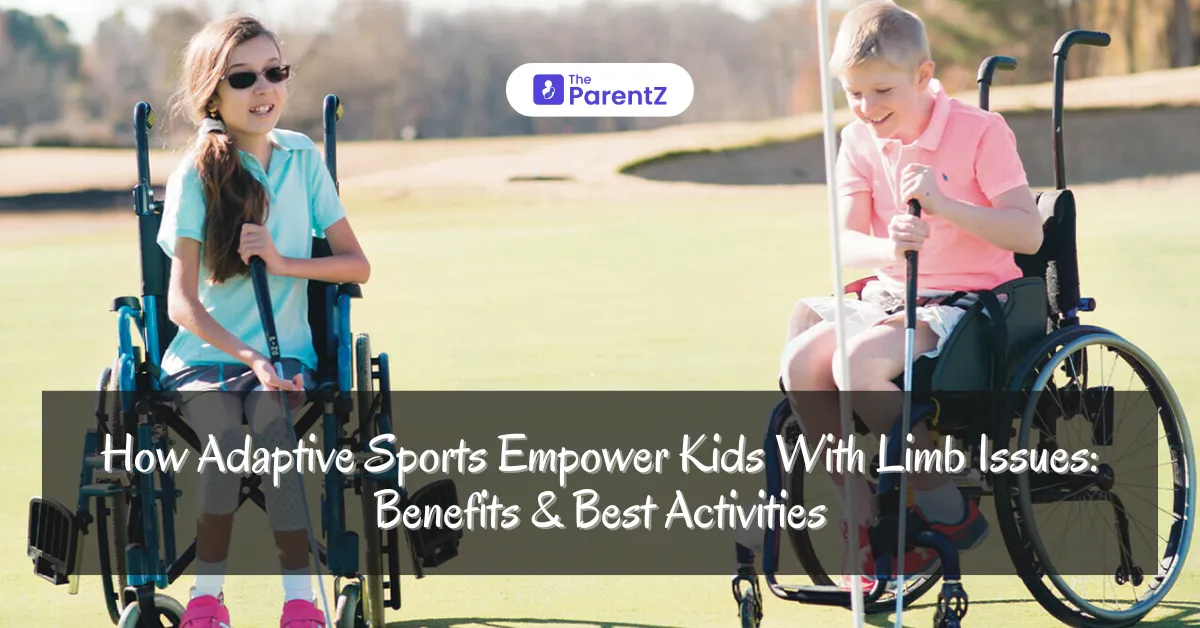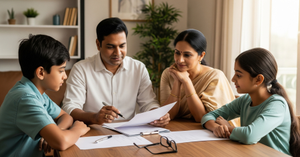Physical activity plays a crucial role in a child’s development, but children with limb differences often face challenges in accessing sports. Adaptive sports offer an inclusive and empowering way for these kids to stay active, build confidence, and develop important life skills.
What Are Adaptive Sports?
Adaptive sports are modified physical activities designed for individuals with disabilities, including those with limb differences. These sports use specialized equipment, modified rules, and inclusive coaching techniques to ensure every child can participate regardless of their physical challenges.
Types of Adaptive Sports
Adaptive sports can be divided into two categories:
1. Modified traditional sports: Adjustments are made to existing sports to accommodate physical differences (e.g., wheelchair basketball, amputee soccer).
2. Exclusive adaptive sports: Designed specifically for children with disabilities (e.g., boccia, goalball).
These sports provide an opportunity for kids to enjoy the benefits of physical activity without limitations.
How Adaptive Sports Benefit Children With Limb Issues
1. Builds Physical Strength and Coordination
• Adaptive sports improve muscle strength, endurance, and flexibility.
• Activities like swimming, cycling, and rock climbing enhance balance and coordination.
2. Boosts Confidence and Self-Esteem
• Playing sports helps children overcome self-doubt and embrace their abilities.
• Achieving small milestones, like scoring a goal or completing a race, fosters a sense of accomplishment.
3. Encourages Social Interaction
• Team sports help children make friends and develop teamwork skills.
• Kids learn valuable social lessons such as cooperation, communication, and leadership.
4. Promotes Mental Well-Being
• Physical activity releases endorphins, reducing stress and anxiety.
• Being part of a sports team creates a sense of belonging and emotional support.
Explore the psychological impact of limb issues in children
5. Enhances Independence and Problem-Solving Skills
• Kids learn how to adapt to challenges and find creative ways to participate.
• They develop resilience, which helps them navigate life beyond sports.
Best Adaptive Sports for Kids With Limb Issues
1. Swimming
• Low-impact activity that strengthens muscles and improves cardiovascular health.
• Adaptive swimming techniques help children with mobility challenges stay active.
2. Running (Blade Running for Amputees)
• Specialized running blades allow kids with lower limb differences to participate in track and field.
• Running improves stamina and builds confidence in movement.
3. Wheelchair Basketball
• Great for children with lower limb differences or mobility impairments.
• Enhances upper body strength and teamwork skills.
4. Amputee Soccer (Football for Players With Prosthetics)
• Played with crutches or prosthetic limbs, this sport is excellent for balance and agility.
• Helps children develop coordination and teamwork.
5. Rock Climbing (Adaptive Climbing)
• Strengthens the upper body and improves problem-solving skills.
• Adaptive climbing harnesses help kids with limb differences climb safely.
6. Cycling (Hand Cycling and Modified Bikes)
• Adaptive bikes and hand cycles allow children with limb differences to enjoy cycling.
• Improves cardiovascular fitness and lower body strength.
7. Martial Arts (Adaptive Taekwondo, Judo, Karate)
• Teaches self-defense, discipline, and self-confidence.
• Modified techniques allow children with limb differences to participate effectively.
8. Tennis and Table Tennis (Wheelchair and Adaptive Tennis)
• Enhances hand-eye coordination and reflexes.
• Adaptive rackets and rules make the sport accessible for all children.
How Parents Can Support Their Child’s Participation in Adaptive Sports
1. Encourage a Positive Mindset
• Focus on what your child can do rather than limitations.
• Celebrate progress and small victories.
2. Find the Right Sport
• Experiment with different activities to see what excites your child.
• Consult coaches and therapists to choose a suitable sport.
3. Invest in Adaptive Equipment
• Specialized prosthetics, wheelchairs, and braces can enhance performance.
• Look for organizations that provide funding or sponsorship for adaptive sports gear.
4. Connect With Support Groups and Organizations
• Join local or online communities for parents of children with limb differences.
• Organizations like the Challenged Athletes Foundation and BlazeSports America offer programs for kids with disabilities.
5. Advocate for Inclusivity in Schools and Communities
• Work with schools to create adaptive physical education programs.
• Encourage local sports clubs to offer inclusive training.
Success Stories: Inspiring Athletes With Limb Differences
1. Cody McCasland (Paralympic Swimmer)
Born without tibias, Cody underwent double amputation at 15 months old. With the help of prosthetic legs, he became a successful Paralympic swimmer, proving that disabilities do not limit potential.
2. Hunter Woodhall (Track and Field Athlete)
A double-amputee sprinter, Hunter competed in the Paralympic Games and won multiple medals. His story inspires young athletes with limb differences to pursue their dreams.
3. Jessica Long (Paralympic Swimmer)
Born with fibular hemimelia, Jessica had both legs amputated as a child. She became a 23-time Paralympic medalist, showing that adaptive sports can lead to greatness.
Conclusion
Adaptive sports provide children with limb differences a way to stay active, gain confidence, and build social connections. From swimming and cycling to team sports like wheelchair basketball, there are countless opportunities for kids to participate in physical activities tailored to their abilities. By encouraging participation, investing in the right equipment, and advocating for inclusive programs, parents can help their children thrive both on and off the field.
Through adaptive sports, children with limb differences can break barriers, defy expectations, and achieve remarkable success.








Be the first one to comment on this story.